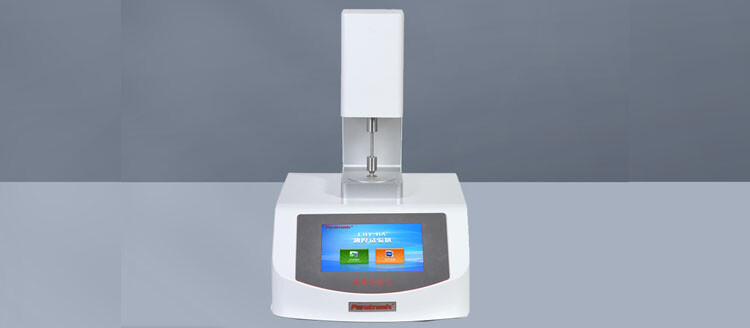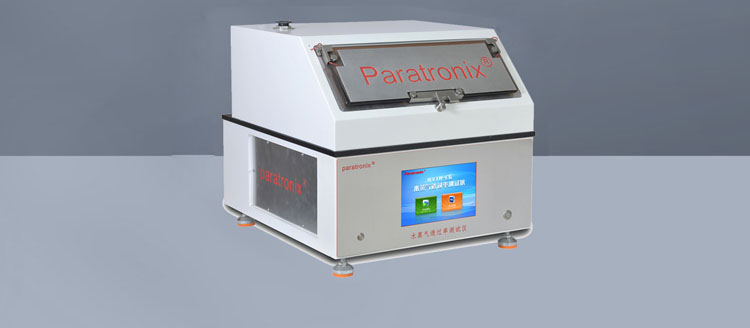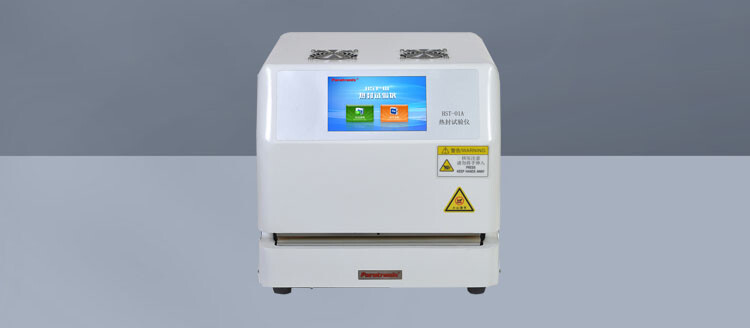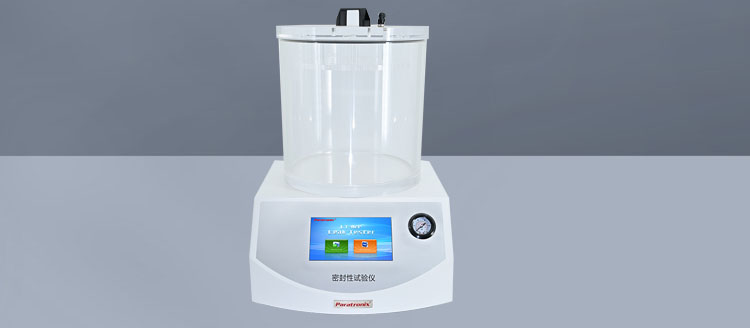Recent Posts
 Maintenance methods for thin film thickness detection instruments2025-12-15
Maintenance methods for thin film thickness detection instruments2025-12-15 Method for detecting the opening tension of food chain self sealing bags2025-12-03
Method for detecting the opening tension of food chain self sealing bags2025-12-03 Packaging industry testing instrument - moisture permeability tester2025-11-26
Packaging industry testing instrument - moisture permeability tester2025-11-26 What testing instruments are used for testing the heat sealing performance of thin films?2025-11-20
What testing instruments are used for testing the heat sealing performance of thin films?2025-11-20 Precautions for using negative pressure seal detector2025-11-10
Precautions for using negative pressure seal detector2025-11-10
Introduction
ASTM F1140 is a critical standard developed by ASTM International to evaluate the resistance of nonporous packaging
materials to internal pressurization and liquid penetration. This test method is particularly relevant for medical barrier
materials, protective clothing, and industrial packaging, where resistance to fluid penetration under pressure is
essential for performance and safety.
The standard provides a quantitative measure of a material's ability to withstand increasing internal pressure until
failure (rupture or liquid penetration). It is widely used by manufacturers, quality control professionals, and
regulatory bodies to ensure material reliability in real-world applications.
Testing instruments:LT-03A Leak and seal strength tester
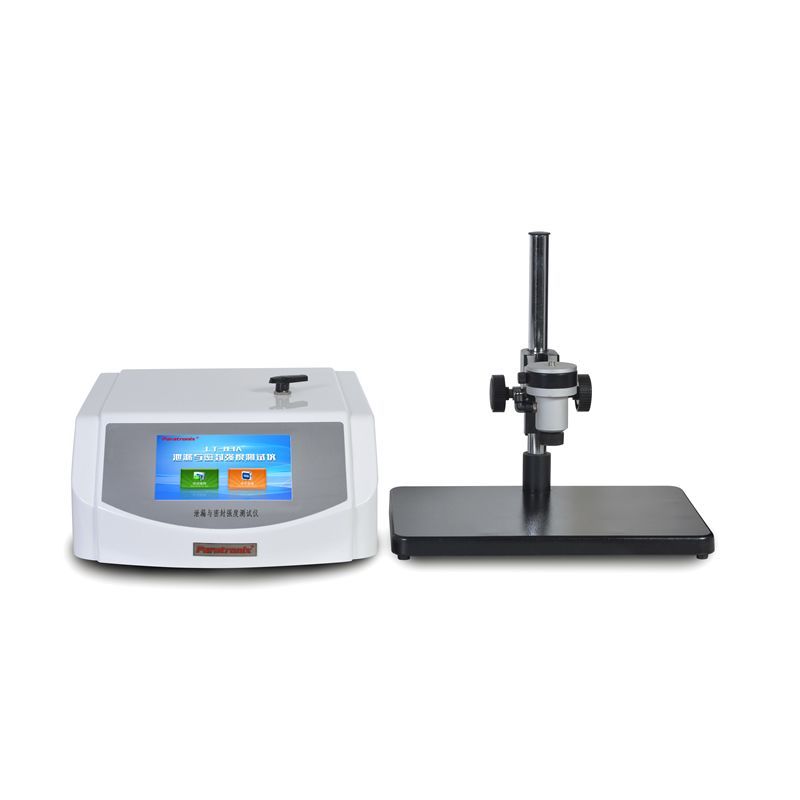
Test Methods and Procedures
ASTM F1140 outlines two primary test methods:
1. Burst Strength Test (Method A)
A sample is secured in a test fixture, with one side exposed to a liquid (typically water or synthetic blood).
Pressure is gradually increased at a controlled rate (typically 14 ± 3 kPa/min or 2 ± 0.5 psi/min).
The test continues until the material ruptures or allows liquid penetration.
The maximum pressure sustained before failure is recorded as the burst strength.
2. Creep Resistance Test (Method B – Static Pressure Test)
Instead of increasing pressure continuously, a constant pressure is applied for a specified duration.
The material is observed for leakage or rupture over time.
This method is useful for evaluating long-term durability under sustained pressure.
Key Testing Equipment
Pressure chamber with liquid reservoir
Sample clamping mechanism (ensures no slippage)
Pressure gauge & control system (for precise pressure application)
Detection system (to identify liquid penetration, often using electrical conductivity sensors)
Applications of ASTM F1140
1. Medical & Surgical Barrier Materials
Surgical gowns & drapes must resist fluid penetration to prevent contamination.
Sterile packaging for medical devices must maintain integrity under handling stresses.
2. Protective Clothing & Industrial Safety Gear
Chemical-resistant suits are tested to ensure they do not leak under pressure.
Hazardous material (HAZMAT) suits must meet strict penetration resistance standards.
3. Packaging Industry
Flexible packaging for liquids (e.g., IV bags, sterile fluid containers) must not burst under normal use conditions.
Food & pharmaceutical packaging may also use this standard to assess durability.
Interpreting Test Results
Higher burst pressure values indicate stronger barrier performance.
Failure modes (rupture vs. seepage) help identify material weaknesses.
Comparative testing between different materials helps in selecting the best option for specific applications.
Regulatory bodies, such as the FDA (for medical devices) and OSHA (for protective equipment), often reference
ASTM F1140 to ensure compliance with safety standards.
Conclusion
ASTM F1140 is a vital standard for assessing the pressure resistance and liquid barrier performance of nonporous
materials. By following this test method, manufacturers can:
✔ Ensure product reliability in medical and industrial applications.
✔ Compare material performance objectively.
✔ Meet regulatory requirements for safety and efficacy.
For R&D teams, quality assurance professionals, and regulatory specialists, understanding ASTM F1140 is essential
for developing and certifying high-performance barrier materials.
Leave A Reply
Search by Keywords

